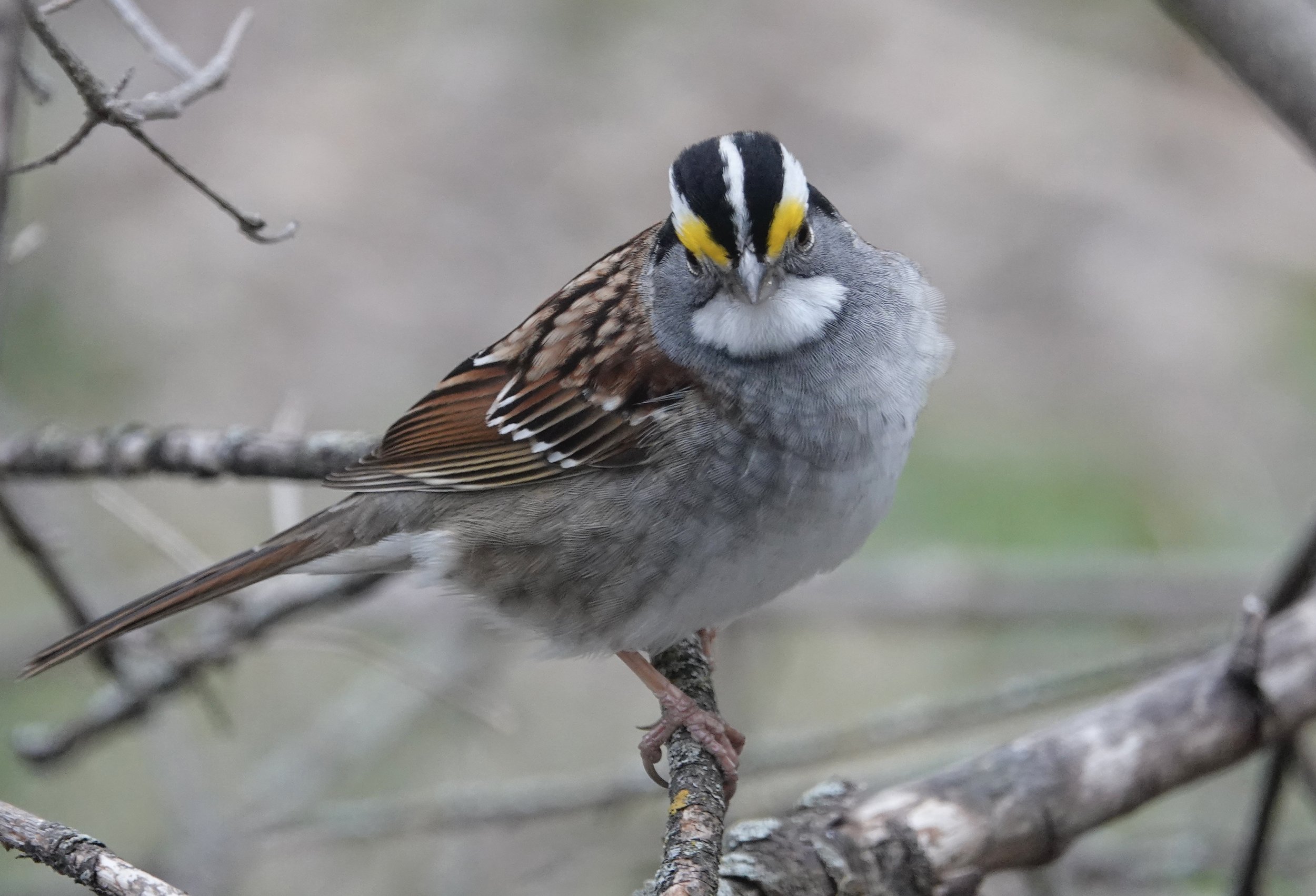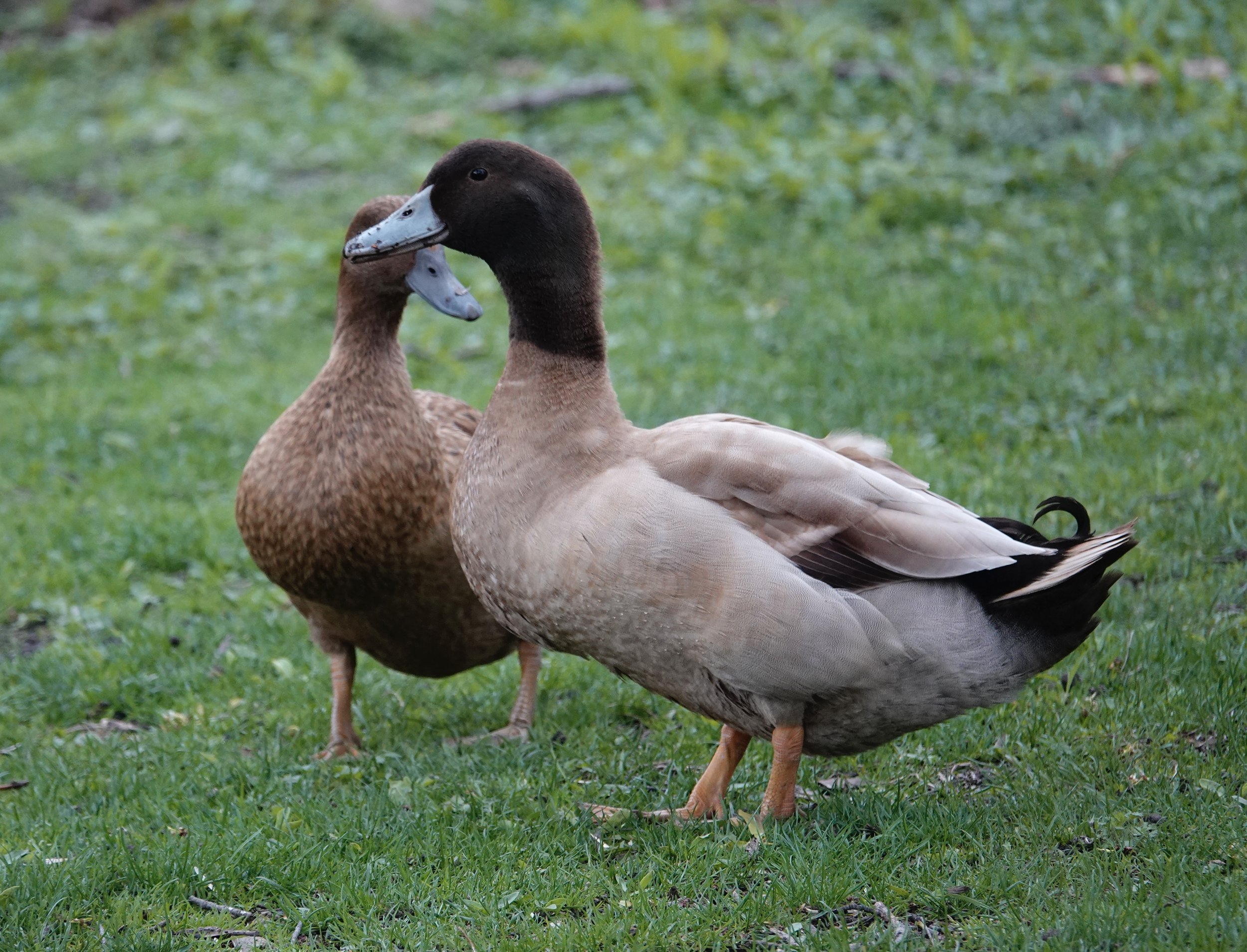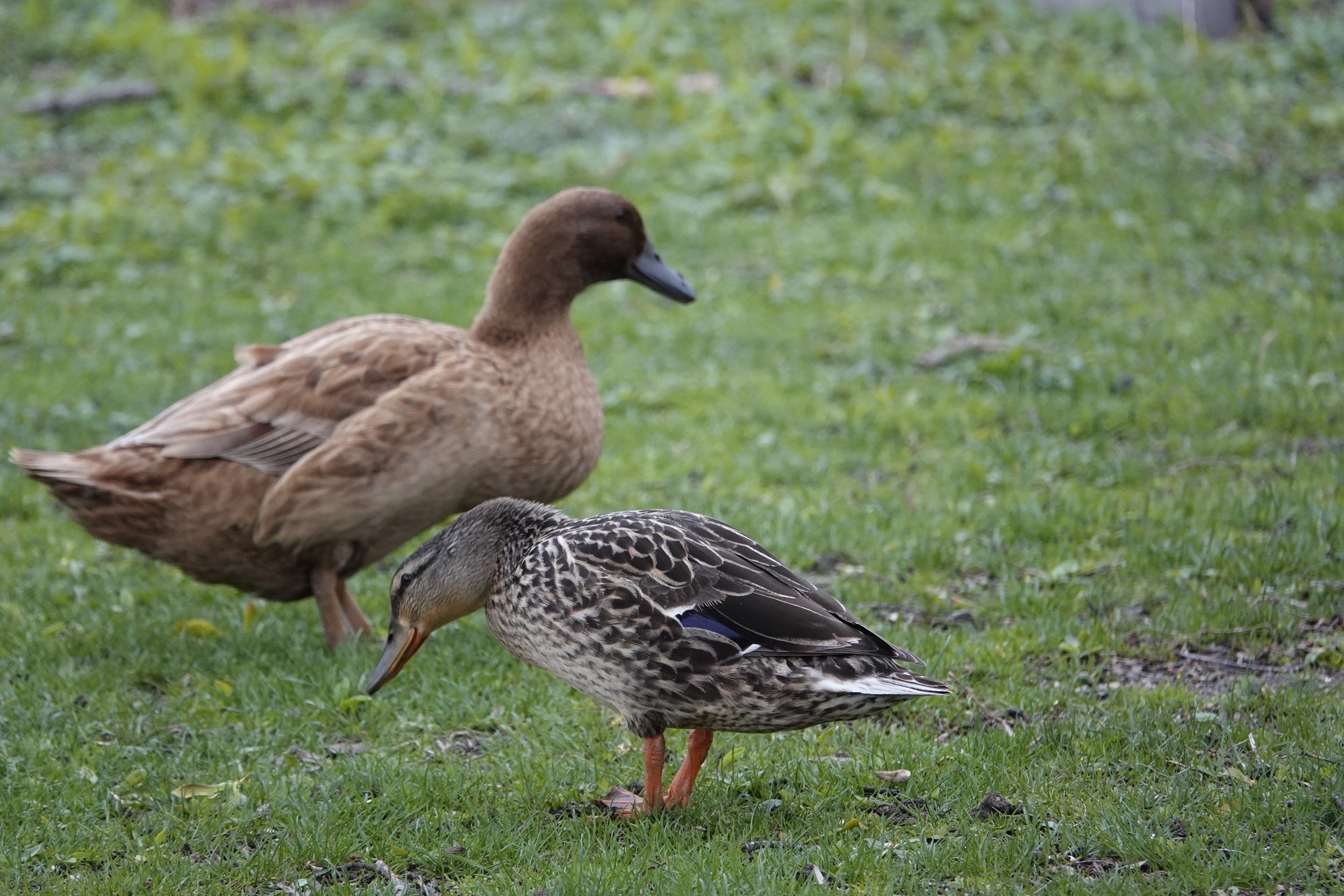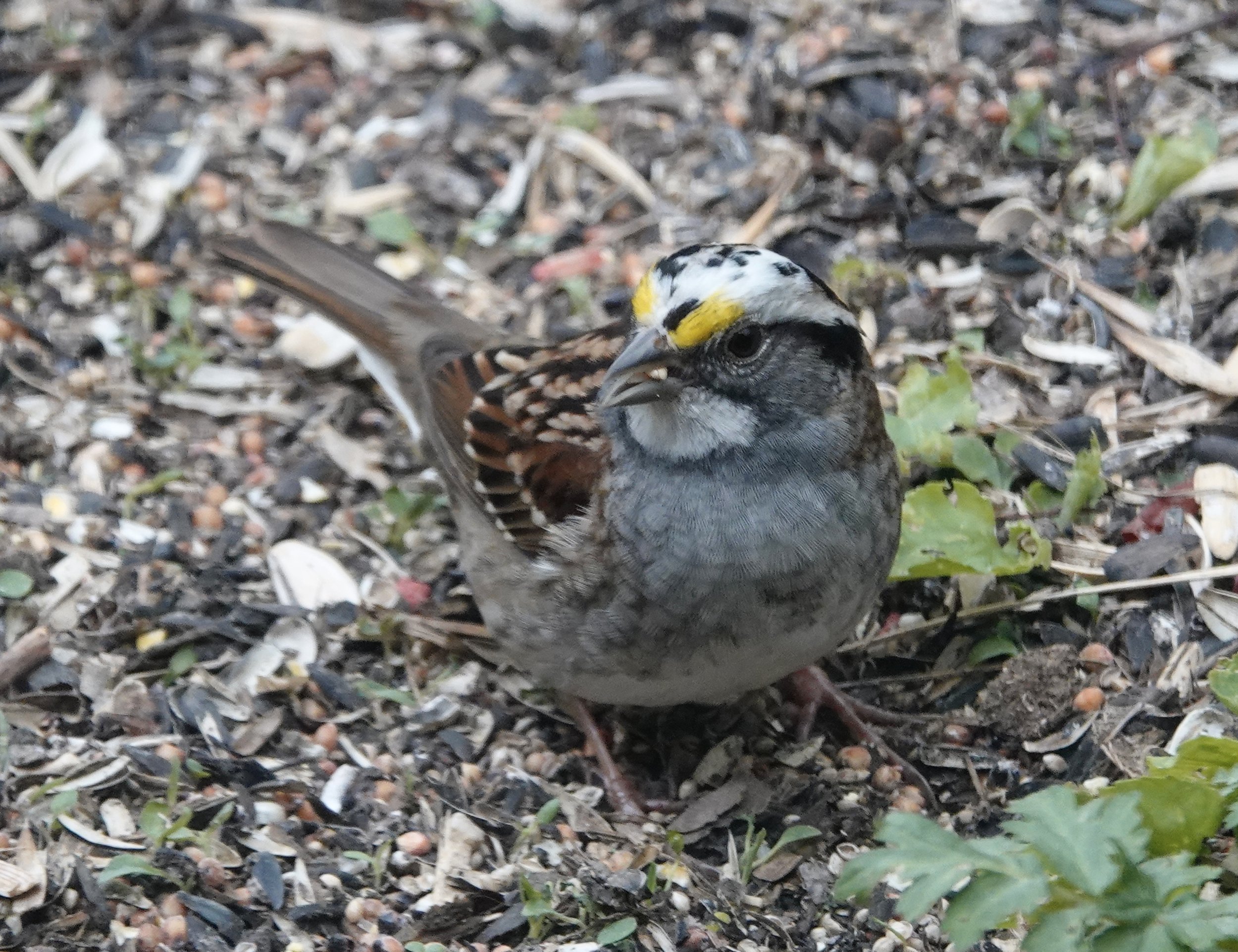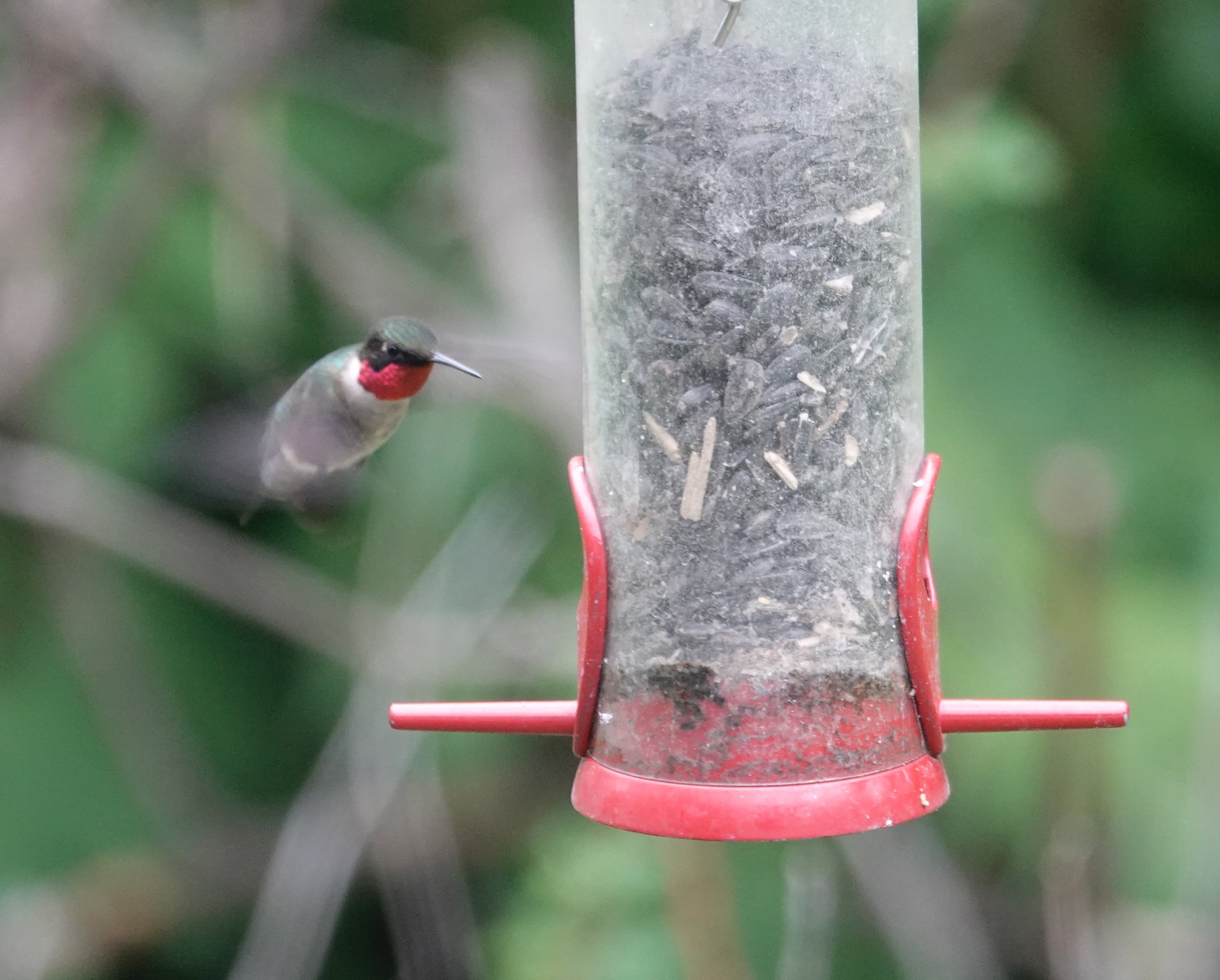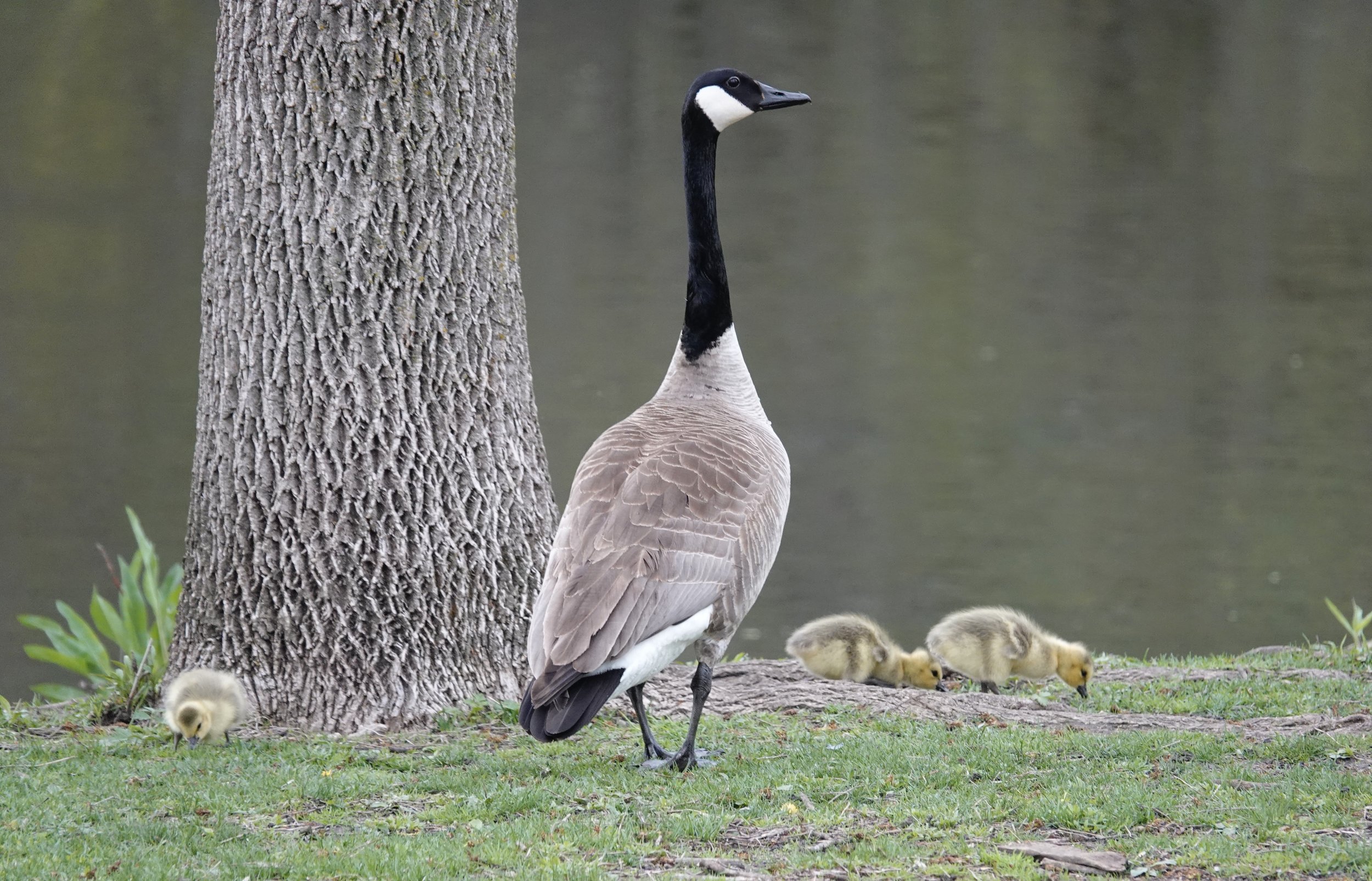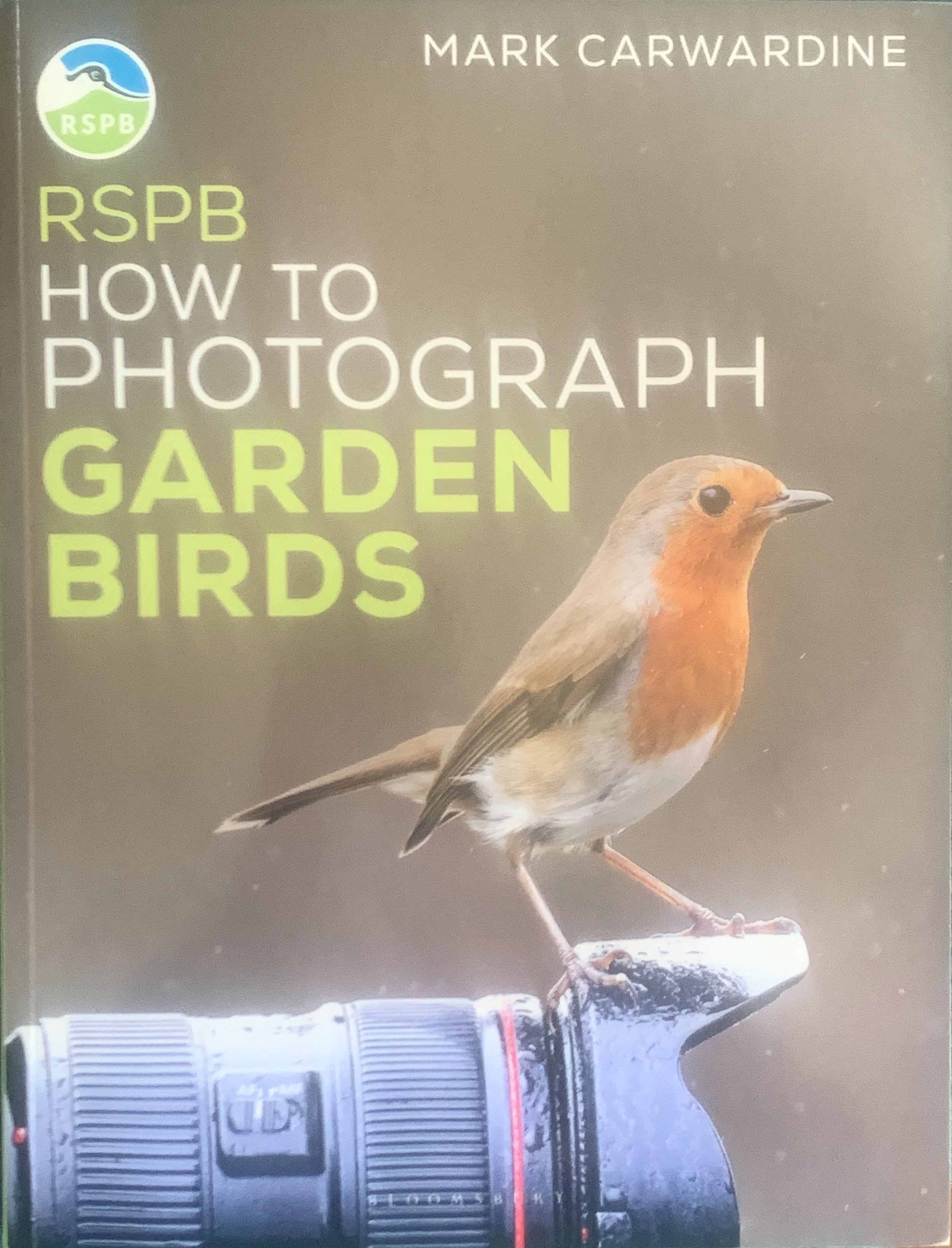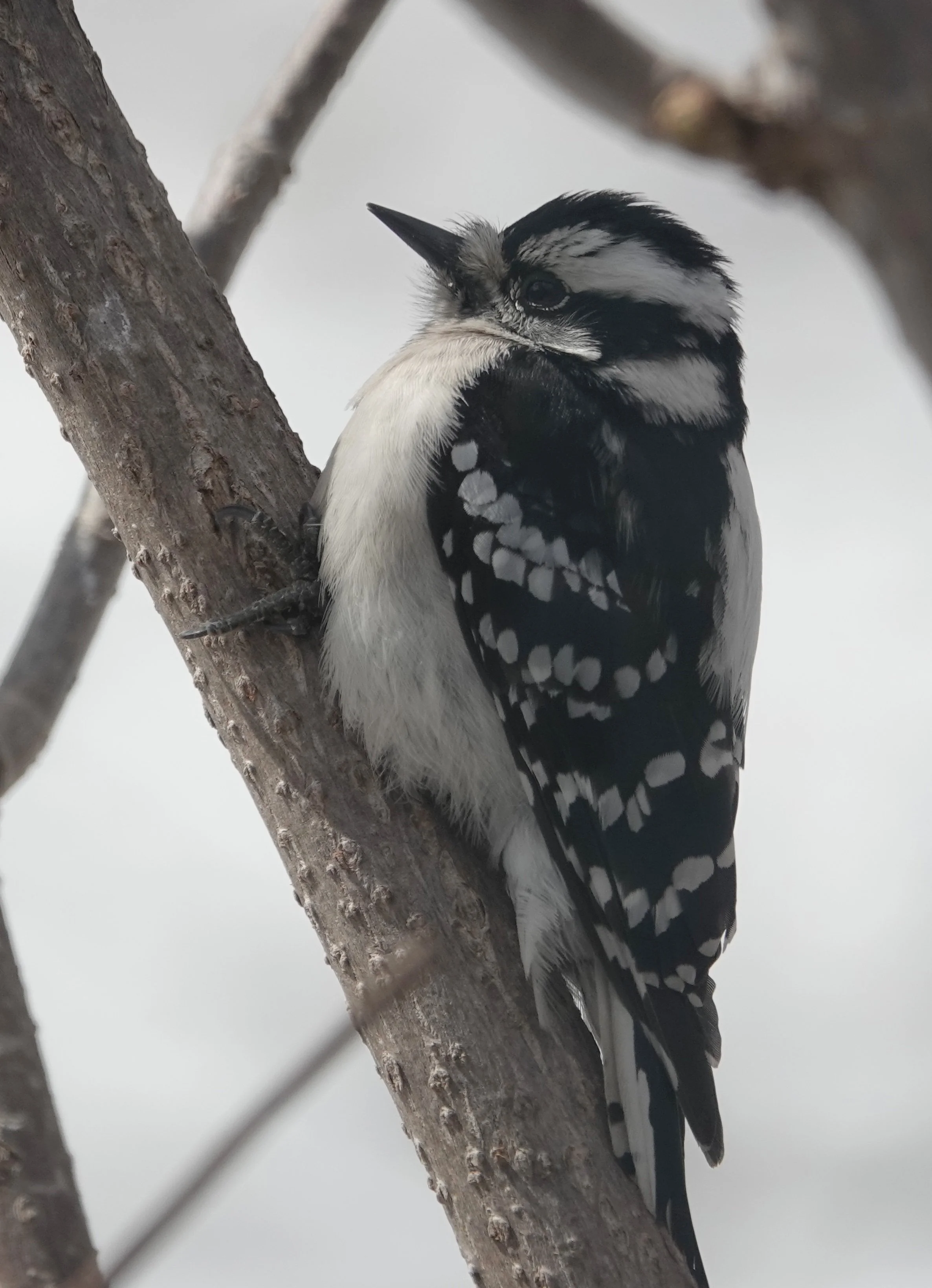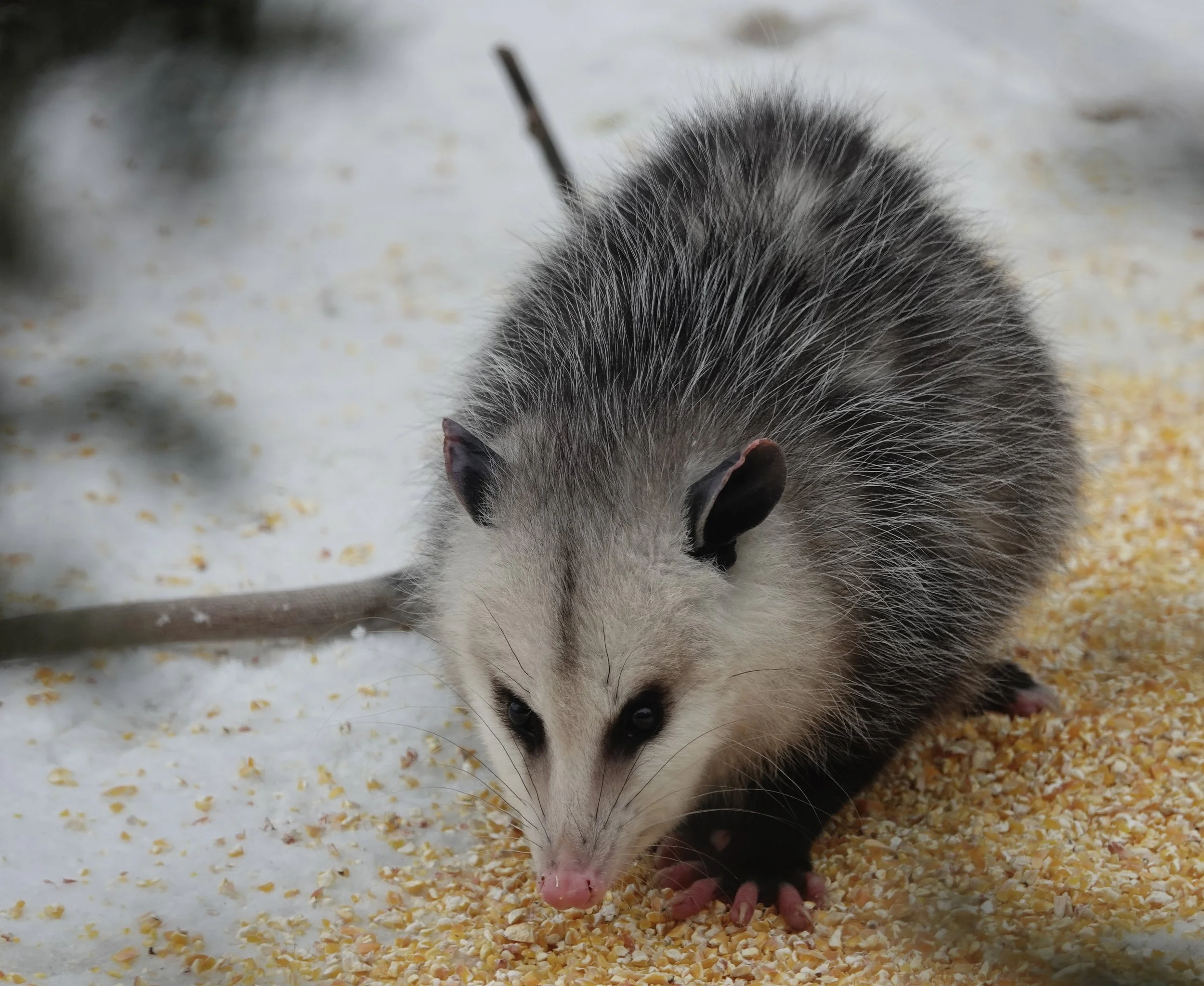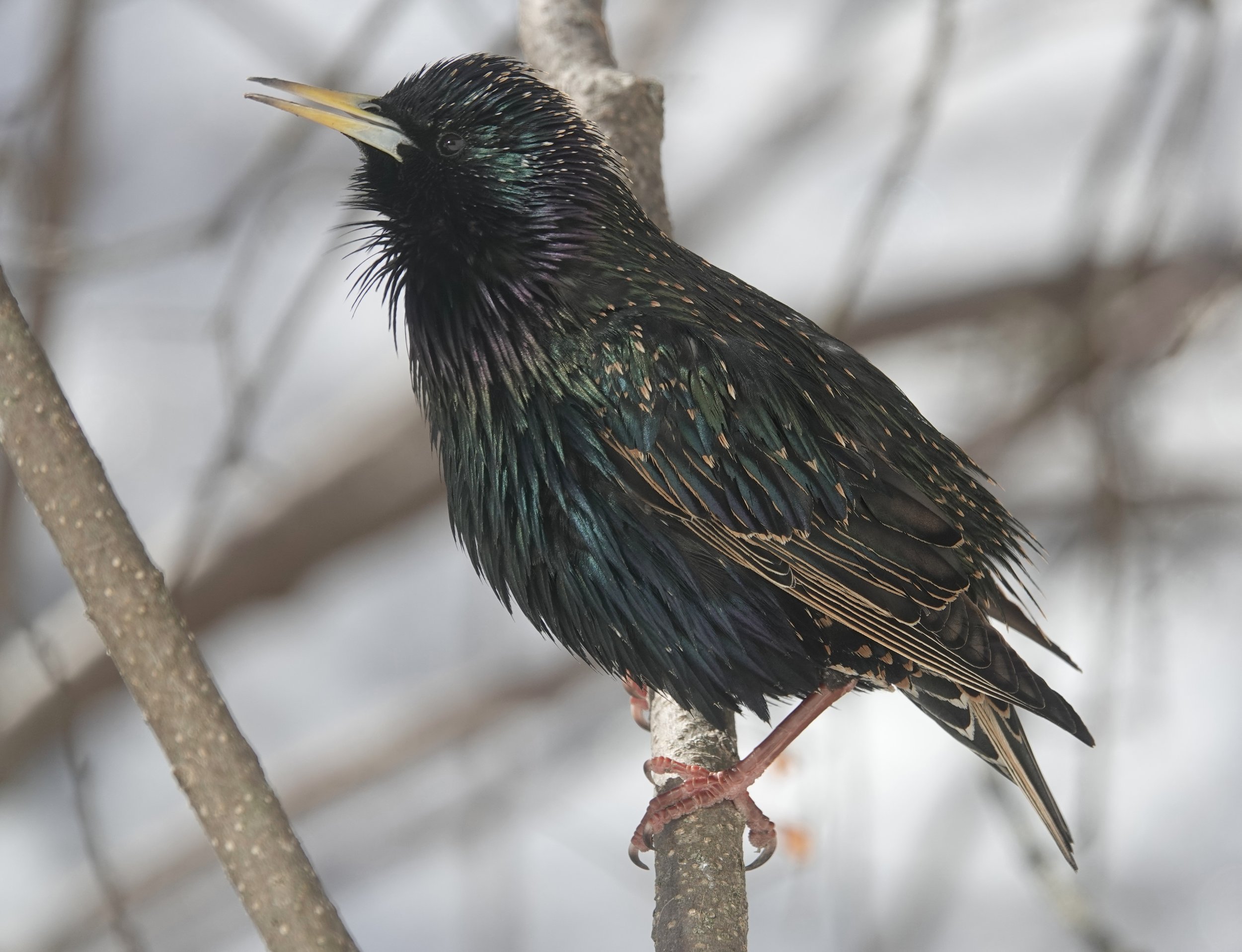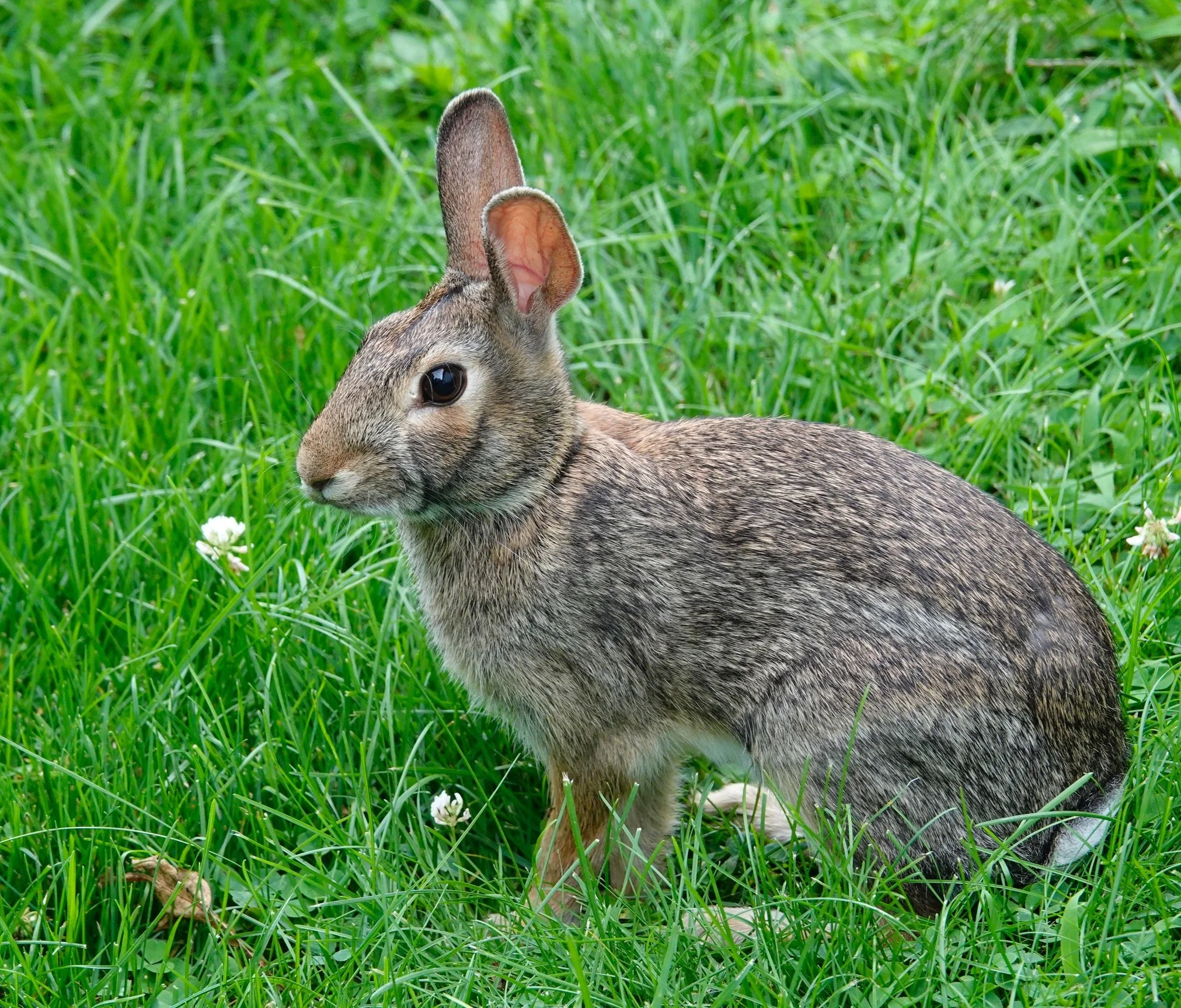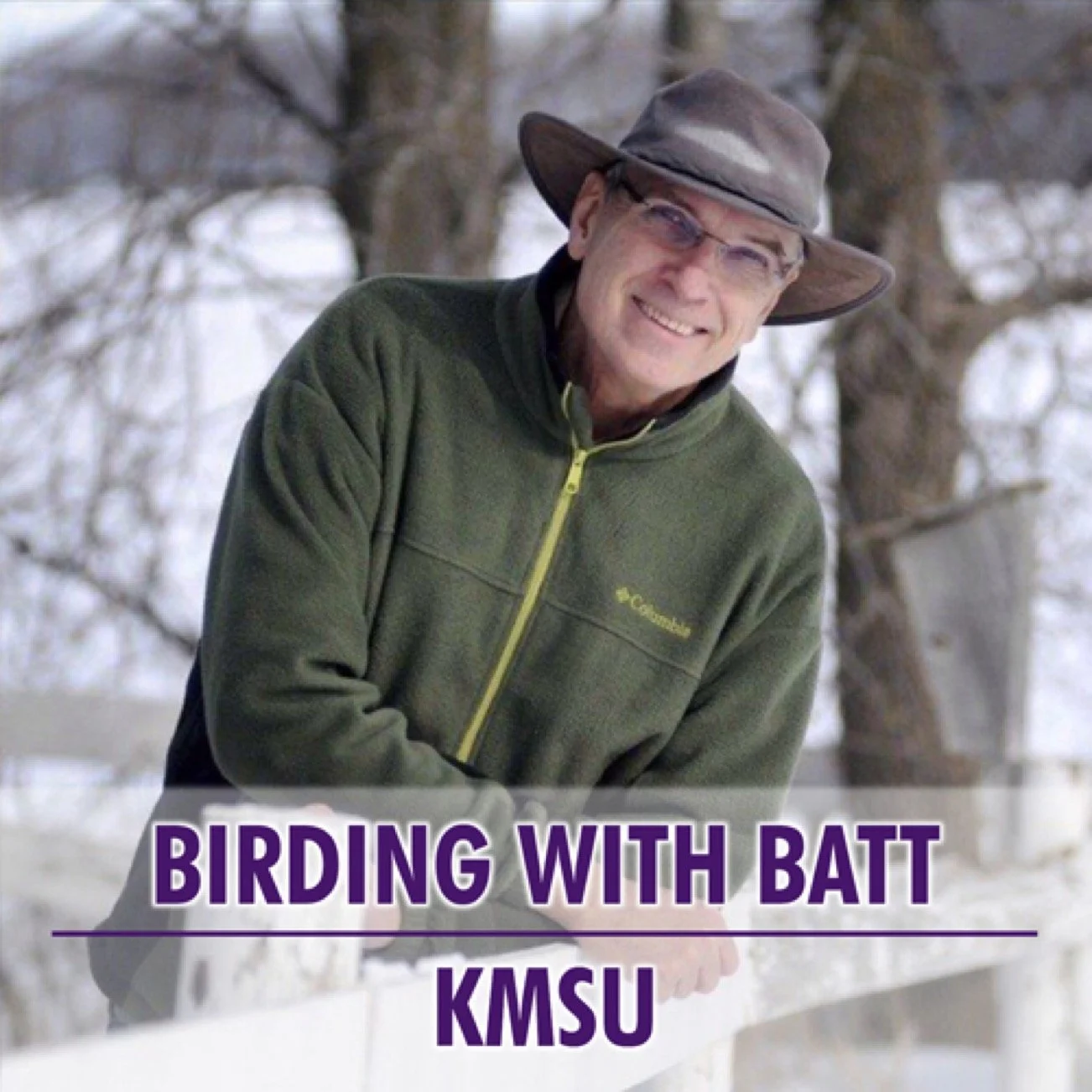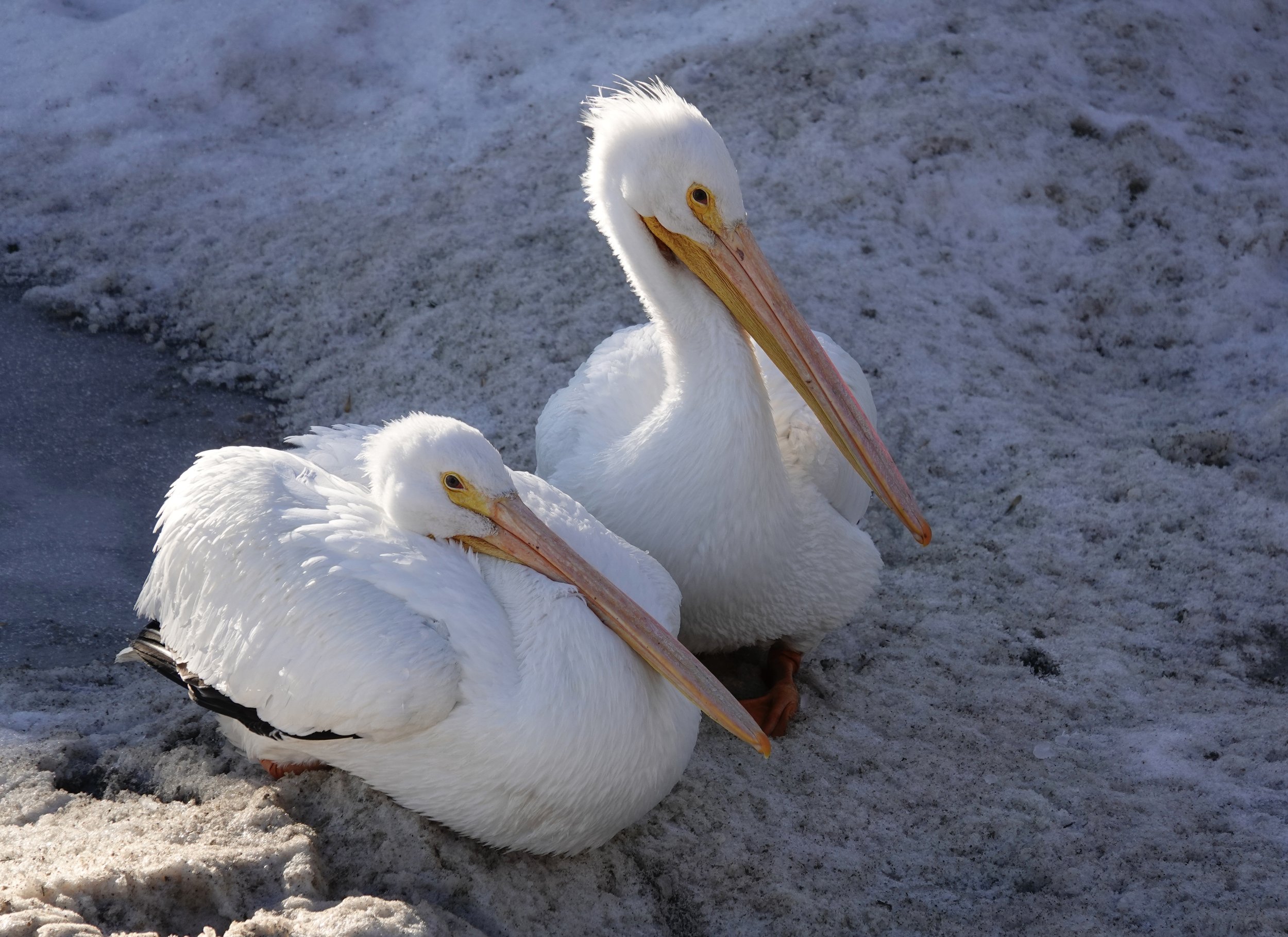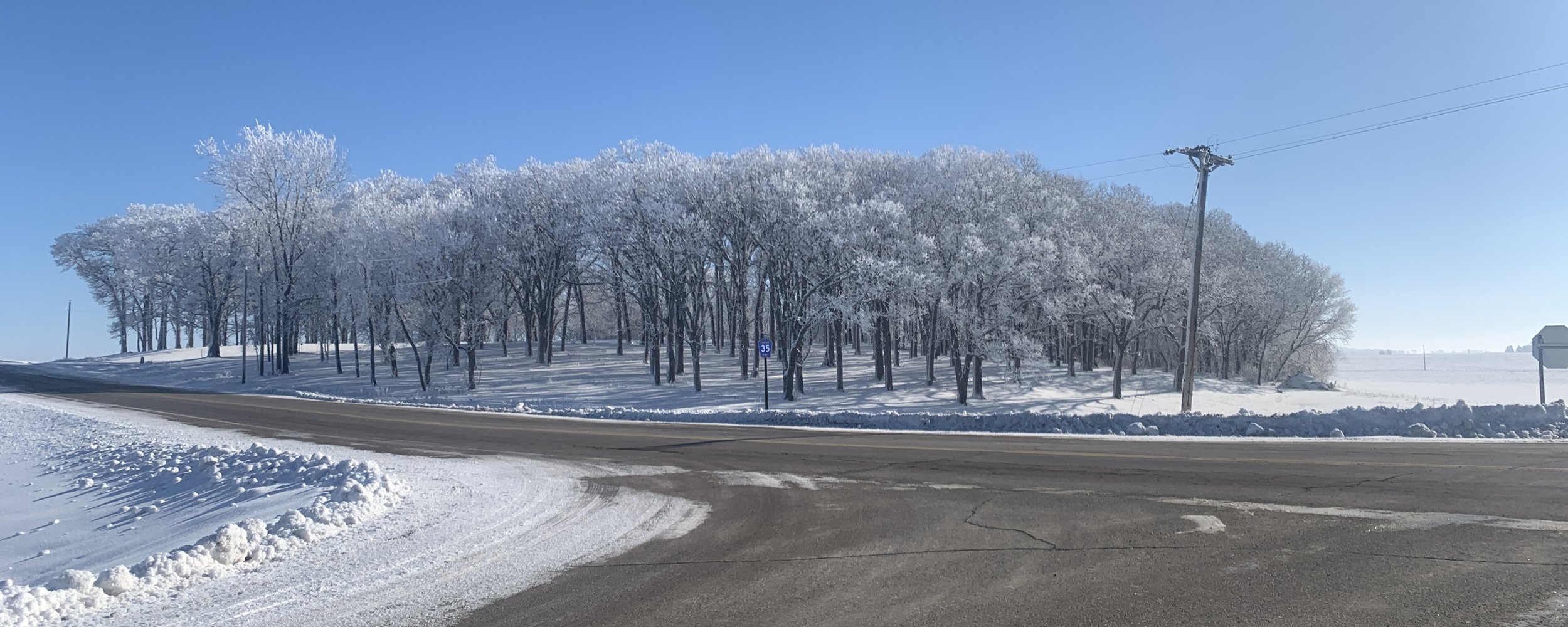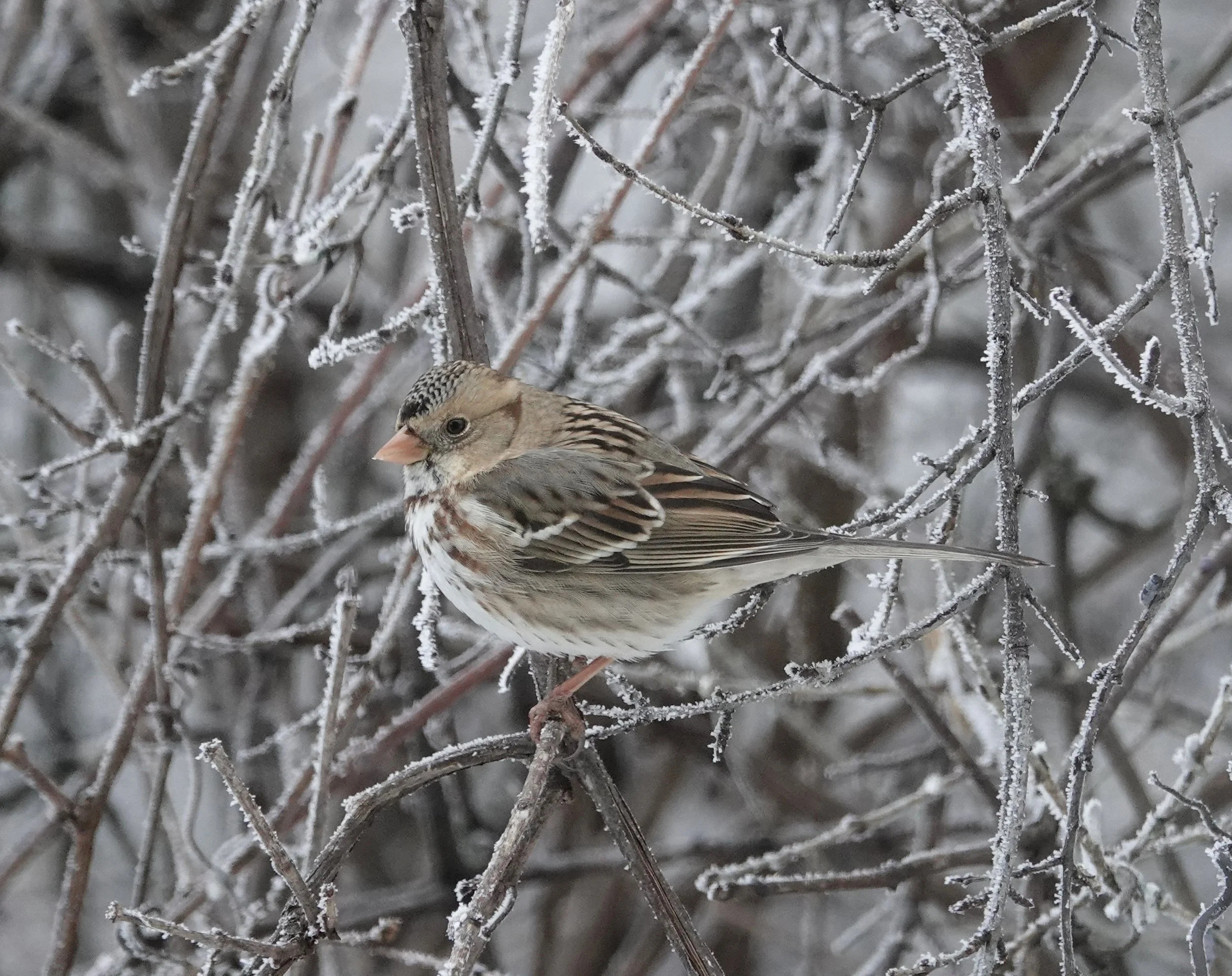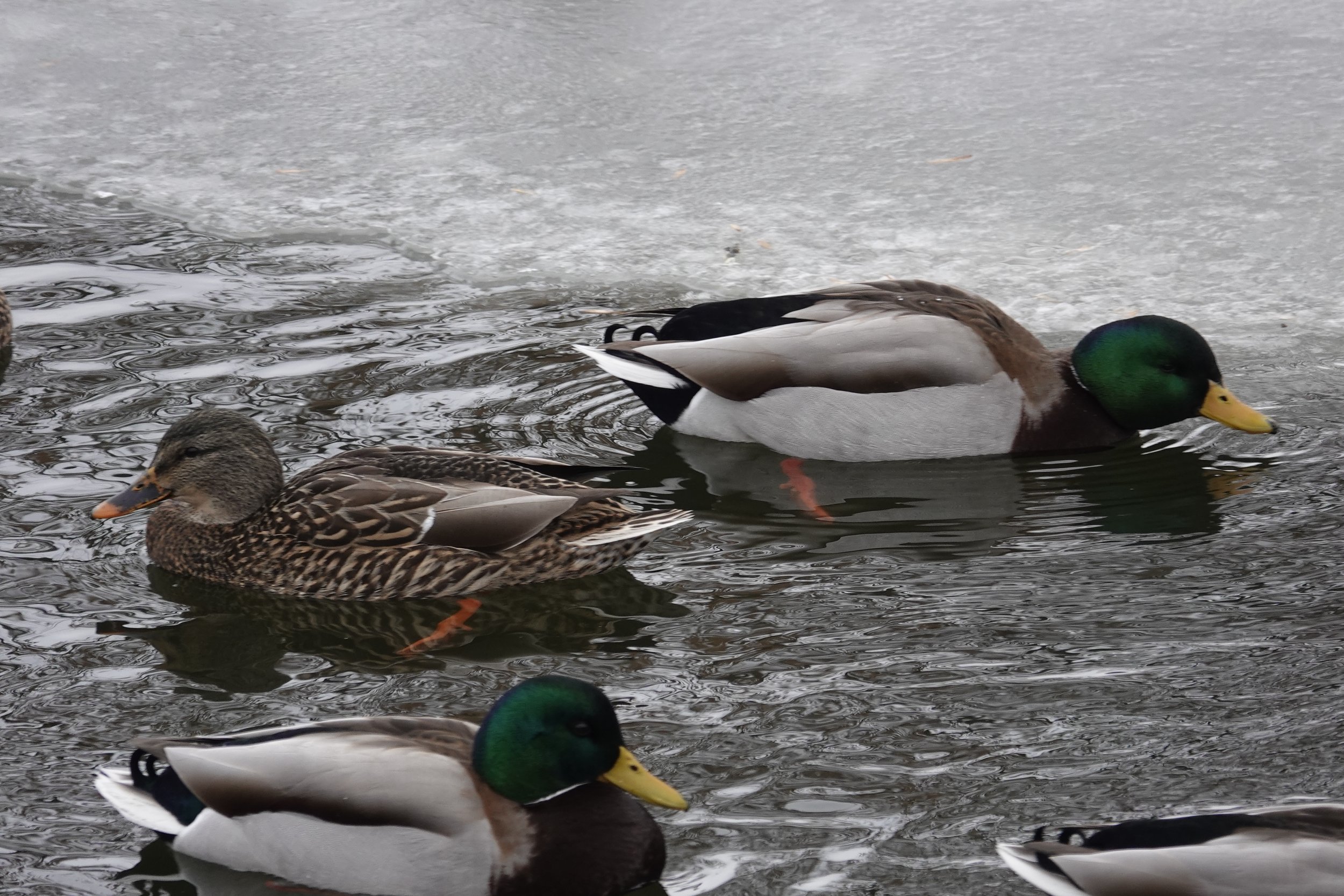Nature by the yard
It rained pitchforks and angleworms. “Rain, rain, go away. Come again another day.” This was one of those another days. We weather storms. Birds help. I become a sunflower seed dispensary as I fill the feeders. I rely on glass therapy and stare out the windows. As the violets and dandelions bloomed profusely, the flying flowers included rose-breasted grosbeaks, red-headed woodpecker, orchard orioles and Baltimore orioles. Palm warblers and house wrens foraged fetchingly. Yellow warblers provided the background music as they sang about their sweetness. A mnemonic for their song is, “Sweet sweet sweet I’m so sweet.” I felt properly birdified.
The yard was blessed with white-throated sparrows, white-crowned sparrows and Harris’s sparrows today. The Lincoln’s sparrows were dwarfed by the Harris’s.
A Eurasian collared-dove male gave his distinctive koo-KOOOO-koo song to defend territories and attract mates. When excited or alarmed, they react with a loud hwaah, a call they also give just before alighting.
Naturally
I regularly drive 2 1/2 miles on the country road that takes me everywhere before turning onto another rural road. In that 2 1/2 miles, I typically see five American kestrels perched on utility wires. The kestrel is North America’s smallest falcon, about the size of a blue jay. Two kestrels per mile. That’s decent falcon mileage.
Q&A
“If mockingbirds mimic other birds, how do they find a mate?” Northern mockingbirds have their own calls, and multiple other sounds they mimic, like car alarms and squeaky gates. A male may have several hundred phrases in his repertoire, with some in heavier rotation than others. A typical song is equally divided between mimicked phrases and mockingbird-specific vocalizations. The male sets up a territory and then advertises his availability. He does this by singing his extensive song list and showing off his flashy wings. Females recognize they’re listening to a male mockingbird because he repeats his calls two to six times before changing his tune. Brown thrasher males repeat their calls twice. I have a couple of questions I’d like answered. Do females prefer males that have a larger repertoire of mimicked phrases? How do young mockingbirds learn mimicked phrases—from adult mockingbirds or directly from the mimicked species? I don’t know.
“How old are pelicans before they breed?” In late winter, an American white pelican grows an ornamental fibrous plate, called a nuptial tubercle, on the upper part of its bill. After the breeding season is completed, this knob falls off. Pelicans don’t grow the nuptial tubercles until they are three years of age and that is their breeding age. Colonies are mainly on isolated islands, often also occupied by gulls and cormorants. At 2 to 3 weeks old, chicks leave their nests and form into groups called creches.
Jack May of Mankato asked for help identifying a bamboo-like plant growing here. Scouring rush horsetail is a native plant with rigid, rough, hollow, vertical-ridged, jointed-and-segmented, bamboo-like, dark green stems that can be popped apart. It’s a tough character and tolerates a great range of soil types. The unbranched stems are rough and durable (due to a high silica content), and were called “scouring rushes” because early pioneers used them to scrub pots and pans.
“What are buffalo gnats?” Black flies bite people and many animals. They can drive one to madness. Only the females bite in their search for a meal of blood. Black flies are also called gnats, Turkey gnats, white socks or buffalo gnats. Thirty species of black flies occur in Minnesota. Repellents aren’t always effective but may provide some help. I’ve found vanilla works for me. Black flies are found around fast-flowing rivers and streams. Their larvae live in the water, anchored to rocks where they filter food from the current. They are most numerous in the Mississippi and Rum Rivers with smaller numbers occurring in the Minnesota and Crow Rivers. They are active from May to October.
“How many times will a house sparrow nest each year?” They could have two or three broods. House sparrows sometimes build nests so close to one another that the neighboring nests share walls. They often reuse their nests.
“What birds eat milo? Do house sparrows?” On Cornell Lab of Ornithology seed preference tests, the western ground-feeding Steller’s jays, curve-billed thrashers and Gambel’s quails enjoy eating milo. In another study, House sparrows did not eat milo (sorghum), but cowbirds did. I don’t see the house sparrows in my yard chowing down on milo, which resembles a BB.
Thanks for stopping by
“We are stardust; we are golden, and we’ve got to get ourselves back to the garden.”—Joni Mitchell.
“Wherever life leads you, find the time to stop and take a good look around. Notice things. Enjoy the view. Your eyes are likely to land upon something breathtaking.”—Me.
Do good.
©️Al Batt 2023
The white-throated sparrow is a dapper bird with a black-and-white-striped head, a bright white throat and yellow between the eye and the gray bill. There is a less boldly marked form that has tan stripes instead of white ones. This sparrow whistles a lovely tune that sounds like “Oh, sweet Canada, Canada” or “Old Sam Peabody, Peabody,” except when in Minnesota when it sings, “Old Sven Peterson, Peterson.” Photo by Al Batt.
A subtle double rainbow.
This pair is hanging out with Mallards. They are a bit larger than a wild Mallard and have some domestic fowl hybridizing thing going on. Lovely birds.
A White-throated Sparrow with a little extra white on its head.
Momma trying to get her ducklings in a row. Photo by Al Batt.
A red-at-both-ends feeder filled with sunflower seeds is a great disappointment to a hummingbird.

